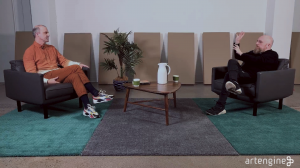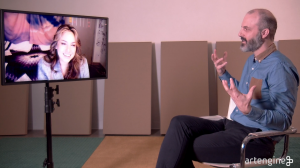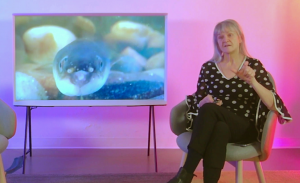Dr. Tracey Lauriault addresses an engaging discussion on the evolving concept of smart cities at the Artengine’s Future Cities forum. Dr. Lauriault, a professor from Carleton University with affiliations to notable research initiatives such as the Programmable City Project, presents her collaborative work on defining smart cities under the Open Smart Cities Project in Canada, funded by Natural Resources Canada. This project engages a multidisciplinary team, including researchers from the University of Toronto and members from the Canadian Internet Public Policy Interest Clinic.
During her presentation, Dr. Lauriault proposes a critical examination of “networked urbanism,” where cities are enhanced with technological infrastructures, big data, and the Internet of Things to manage urban life dynamically. She questions the prevailing efficiency-driven models that often overlook the socio-economic and privacy concerns inherent in the digital management of city spaces. Dr. Lauriault emphasizes the importance of making smart cities inclusive, equitable, and responsive to the needs of all citizens, rather than serving as exclusive enclaves for the privileged.
Her talk also explores international examples, highlighting a smart city project in the Philippines as a caution against designing urban spaces that exclude the socio-economically disadvantaged. She urges for a participatory approach in smart city governance, where technology serves the populace rather than dictates their lifestyle. By fostering a culture of technological literacy and civic participation, Dr. Lauriault envisions smart cities that prioritize human values over technological advancements, ensuring that urban developments are sustainable, inclusive, and reflective of collective urban life aspirations.


